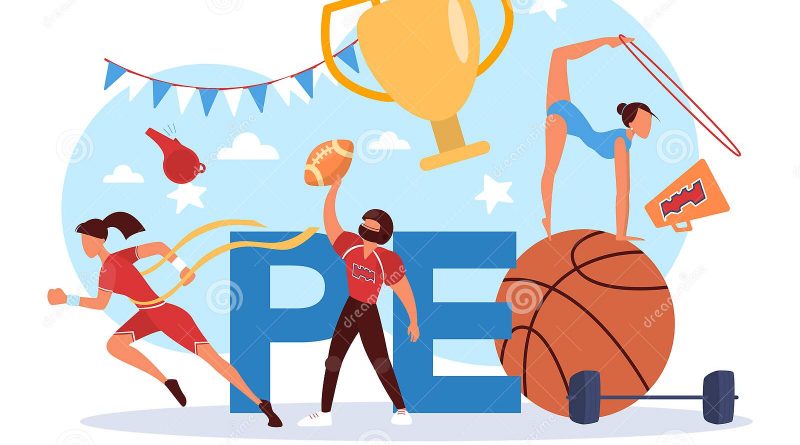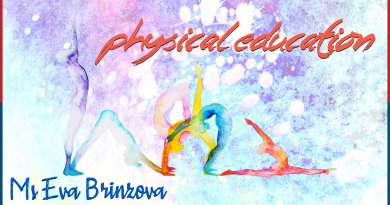The Importance of PE during online learning
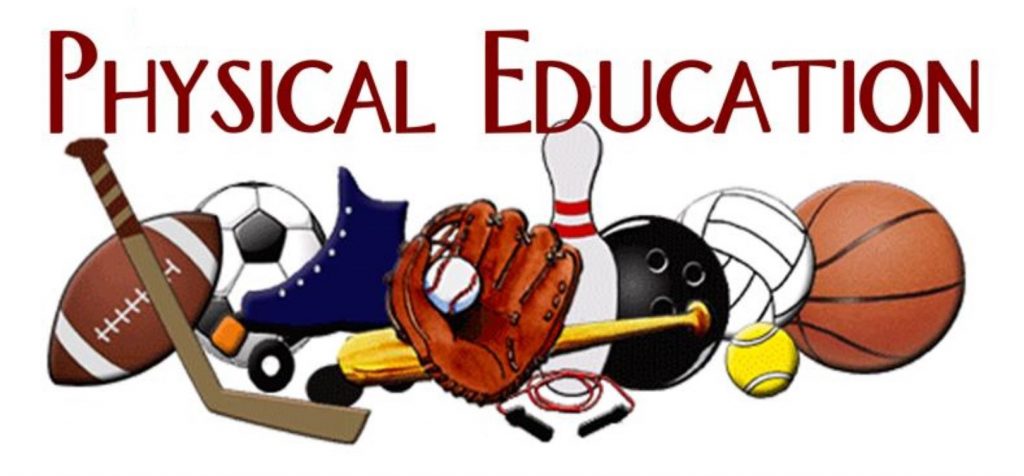
There are growing concerns about the long-term effects of the COVID-19 pandemic on children and young people. Schools all over the world are probably worried about how much extra work is needed to help the students. Support is needed for a generation of young people who have lost a significant stage of their development. Here at EISB, we the teachers, have worked very hard to ensure that the students here are getting the best education they can get while online.
Physical Education (PE) is ideally placed to support children’s all-round development. As well as developing physical skills, PE teaches children intellectual skills, helps them navigate complex social situations, and nurtures their emotional development. However, these wide-ranging benefits are often overlooked, and PE is regularly underutilised as an educational tool.
Some of you may know fitness coach Joe Wicks’s online exercise classes for children titled “PE with Joe”. I have even used them on a few occasions recently when some students are in the school and others are at home.
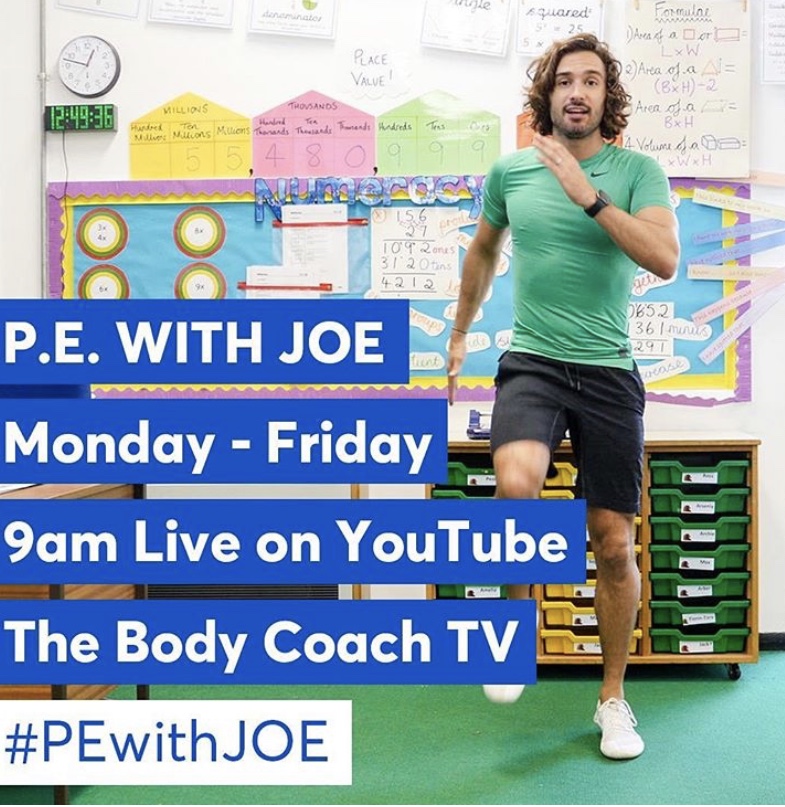
These online exercise classes drew attention to the importance of physical activity and its associated benefits, such as increased mobility and better mental health. Getting children moving during lockdown is commendable, especially with the high obesity levels of children all over the world. However, the decision to label these classes “PE with Joe” reinforces a narrow understanding of what PE is and what it is capable of.
The wide-ranging benefits of physical activity are frequently used to justify PE’s place in the curriculum.However, PE should be a key part of the school curriculum for its unique potential to support whole-child development, which includes but is not limited to the promotion of physical health.
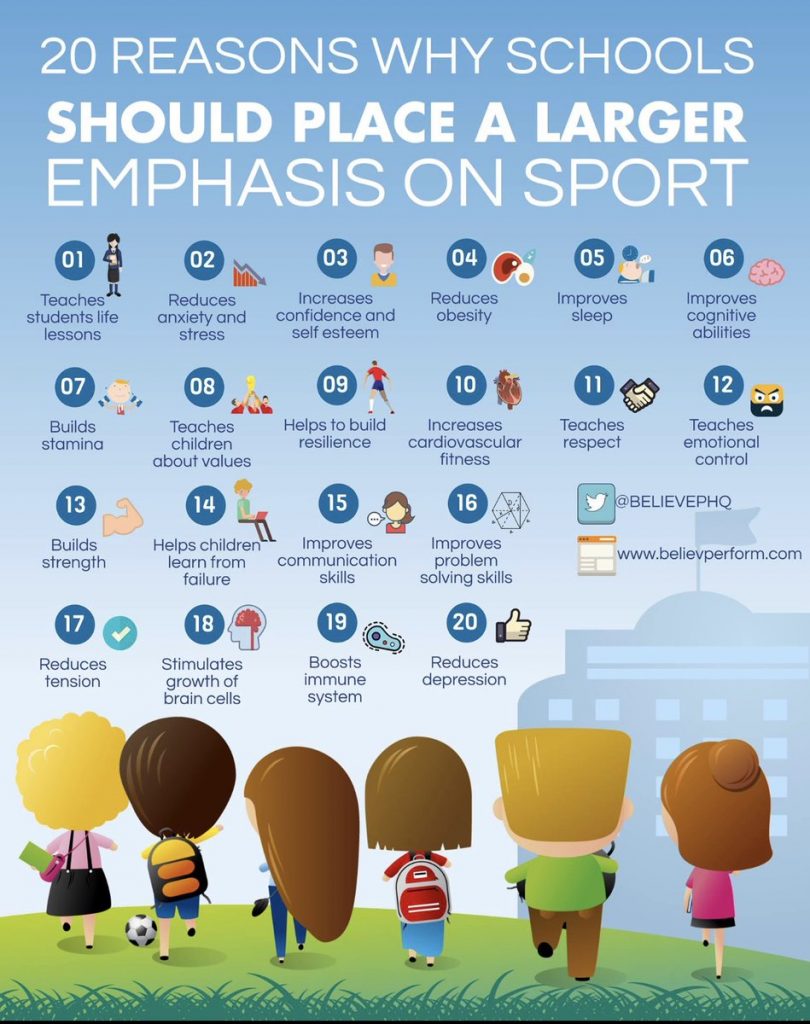
The interactive and collaborative nature of PE can foster self-confidence, empathy and understanding by encouraging children to work together and support each other. PE encourages pupils to be creative, solve problems, and plan for the future. By working together, pupils can address physical and intellectual challenges while learning to communicate and manage risk and conflict.
An example would be children creating their own physical game, its rules, equipment, and space requirements. The children would allocate group roles and take ownership of their own learning by planning the game, implementing it, and supporting others’ engagement with it. Finally, they would reflect on the impact of the game on themselves and others.

Alongside the physical development outcomes the activity would provide, this approach would also contribute to cognitive development, through decision making, problem solving and organising. It would encourage social awareness – through communication, sharing and understanding – and foster emotional development, helping children develop confidence, self-awareness and motivation.
PE teachers as a whole rely too much on our own individual sports backgrounds. For me I have a strong background in Athletics and team sports so I do promote them over other subjects. This is something I need to work on. I had intended to teach Gymnastics to both Primary and Academy this year because it is a hugely fundamental to participation in other sports because it targets all muscle groups for total-body strength and flexibility. I am still hoping that I can teach this to the students at EISB.
The learning intentions for PE in this post-lockdown era should be constructed to develop the life and learning skills that children have missed out on during their social isolation. This is why PE is so important in the current times.

